The History of Soccer Cleats: Evolution & Key Developments
The history of soccer cleats dates back to the 16th century, with the first pair attributed to King Henry VIII in 1525.
Since then, soccer cleats have undergone significant transformations, evolving from simple leather shoes with metal studs to the modern designs we see today.
In the early days, soccer cleats were made of leather and featured iron or brass studs to help players grip the grassy playing surface.
However, it wasn’t until the 1800s that soccer cleats gained prominence in the sport, with innovations primarily occurring in the last 60-70 years.
Throughout the 20th century, major sportswear companies invested in research and development to create more advanced and comfortable cleats, contributing to the game’s rising popularity and market.
From humble beginnings to state-of-the-art creations, soccer cleats have played an essential role in the sport and continue to pave the way for an exciting future in both performance and style.
Origins of Soccer Cleats
Early Designs
The history of soccer cleats can be traced back to the 19th century, when they were made of leather and featured metal studs on the bottom for added traction.
These early designs were closer to work boots than to the modern cleats we know today.
The studs were usually made of iron or brass, and they were designed to help players grip the grassy playing surface.
The Role of King Henry VIII
An interesting tidbit in the history of soccer cleats involves King Henry VIII.
It has been discovered that the King’s personal shoemaker, Cornelius Johnson, created the first pair of soccer cleats for him in 1525.
Iconically, they cost 4 shillings, which would be roughly equivalent to $100 in today’s currency.
Although these early cleats were little more than ankle-high leather boots that provided slightly better traction on the field, they mark the beginning of a significant evolution in soccer footwear.
Over the centuries, soccer cleats have transformed from these rudimentary designs to the cutting-edge, lightweight, and high-performance shoes that are worn by players today.
Evolution of Soccer Cleat Technology
From Heavy Leather to Synthetics
In the early days, soccer cleats were made primarily from heavy leather, which often made them uncomfortable and cumbersome to wear. Over time, the use of synthetics began to emerge as a more suitable material for soccer cleats.
Synthetic materials, such as nylon and polyester, helped to reduce the weight of the boots, making them more comfortable for players.
Additionally, synthetics provided improved durability and water resistance, helping to maintain their shape and perform better in various weather conditions.
Advancements in Stud Technology
The studs on soccer cleats have evolved significantly over the years.
Early soccer cleats featured metal studs made of iron or brass to help players grip the grassy playing surface
Advancements in technology have introduced various types of studs, including:
- Rubber studs: Rubber studs provide better grip and traction on artificial grass and hard surfaces.
- Plastic studs: Typically lighter than metal studs, plastic studs offer a better balance of weight distribution and durability.
- Blades and conical studs: These designs provide improved traction and stability, aiding in quick changes of direction and reduced risk of injury.
Innovative Soles and Traction
The ongoing innovation in soccer cleat technology has led to the development of unique sole designs and improved traction. For example, some manufacturers have integrated kangaroo leather into their footwear, which is both lightweight and offers enhanced ball control.
Additionally, various patterns and textures have been incorporated into the soles to provide better grip on different playing surfaces, like natural grass, artificial turf, and hard ground.
This evolution in sole technology has allowed players to perform at their highest level, as they can rely on their cleats to provide the necessary traction and stability in all conditions.
Throughout the history of soccer cleats, technology and materials have significantly changed to provide better performance, comfort, and safety for players.
As a result, you now have access to a wide variety of soccer cleat options, allowing you to find the perfect pair to suit your individual needs and preferences.
Iconic Soccer Cleat Brands
Adidas Breakthroughs
Adidas has a remarkable history in soccer footwear.
Dating back to the 1950s, they have consistently introduced innovative designs and changed the game.
One of their notable boots is the Adidas Copa Mundial, which was introduced in 1979 and features a full-grain leather upper and a die-cut EVA insole for comfort.
Another key Adidas milestone is the legendary Predator series, which introduced groundbreaking innovations like rubber fins for increased ball control.
Some Adidas’ breakthroughs:
- 1950s: Company’s inception, paving the way for future innovations
- 1979: Copa Mundial, known for its leather upper and comfortable insole
- 1990s: Predator series, featuring rubber fins for ball control
Nike’s Modern Influence
Nike, a powerhouse in sports equipment and clothing, has also played a significant role in soccer cleat evolution.
Their soccer cleats are often characterized by their lightweight design and cutting-edge technology.
One of Nike’s most popular boots, the Nike Mercurial, has become a favorite amongst players, particularly for its lightweight materials and advanced stud configurations, offering enhanced traction and speed on the pitch.
A few contributions from Nike:
- Lightweight design: Emphasis on speed and agility
- Advanced technology: Innovations like Flyknit uppers and responsive cushioning
- Nike Mercurial: A popular range of soccer cleats known for improved traction and materials
Puma’s Lasting Legacy
Puma has solidified its place in soccer history with its high-quality cleats and long-lasting impact on the sport.
Like Adidas, Puma has rich roots in soccer footwear, dating back to the mid-20th century.
One of their most iconic boots, the Puma King, boasts a sleek leather design and excellent stability, making it a favorite among soccer players.
Some key aspects of Puma’s legacy:
- Mid-20th century: Established roots in soccer footwear
- Puma King: Iconic boot with sleek leather design and stability
- Durable craftsmanship: Emphasis on quality and performance
Improvements in Performance and Safety
Enhanced Speed and Agility
In the early days of soccer, players primarily wore heavy work boots to play, which offered little grip on the field.
The first significant step towards better soccer cleats came in the 1950s when Adidas introduced kangaroo leather for the upper of their boots, making them lighter and providing better ball control.
Over the years, manufacturers have focused on optimizing the design and materials used in soccer cleats to help players boost their speed and agility on the field.
Efforts to improve soccer cleats have led to designs incorporating lightweight materials like synthetic leather or mesh combined with advanced technologies like Flywire to enhance players’ performance.
The result is a drastic reduction in the weight of soccer shoes, making it easier for players to achieve their full potential on the pitch.
Reducing the Risk of Injuries
Another area where improvements in soccer cleats have made a significant impact is in reducing the risk of injuries.
As a player, the stability and support provided by your footwear play a crucial role in keeping your ankles safe and preventing injuries.
Modern soccer cleats are designed with both performance and safety in mind.
They often come with better ankle support and improved traction to minimize the chances of players slipping or twisting their ankles during play.
Newer cleats also incorporate studs specifically designed to enhance grip on wet surfaces, further reducing injury risks.
Soccer cleats have come a long way since their early days not only in terms of performance enhancement but also in ensuring the safety of players.
As a player, choosing the right pair of soccer cleats can greatly impact your speed, agility, and overall performance while reducing the chances of sustaining injuries during play.
With continued advancements in technology and design, soccer cleats will only keep improving, enabling players like yourself to reach new heights of excellence on the field.
Design and Aesthetics
The Importance of Style and Color
When it comes to soccer cleats, design and aesthetics have evolved significantly over the years.
In the early days, cleats were mostly made of leather and featured metal studs, offering limited color options and a basic design.
Today, you’ll find cleats in a wide array of colors, styles, and materials.
Color has become an essential aspect of modern cleats, helping players express their individuality and allowing teams to coordinate their footwear with their uniforms.
Manufacturers have also experimented with different materials to create lightweight and durable cleats that cater to the needs of players.
By incorporating the use of synthetic materials, many cleats now feature eye-catching patterns and designs.
This further adds to their visual appeal and enables soccer players to make a statement on the field.
Customization and Personalization
In addition to their evolving designs and colors, soccer cleats have seen a significant rise in customization options.
These personalized touches ensure that players can tailor their footwear to meet specific preferences, making them feel more connected to their gear.
Some common customization options include:
- Initials or Names: Many players choose to have their initials, name, or a nickname printed on their cleats, adding an extra personal touch.
- Unique Color Combinations: Some brands offer customization tools that let you select specific color combinations on various parts of the shoe, resulting in a unique and one-of-a-kind design.
- Stud Configuration: Depending on their position and preferred playing surface, players can choose different stud configurations, optimizing their performance on the field.
Embracing design, colors, and customization has allowed soccer cleats to not only provide essential functionality but also reflect the personalities and styles of the athletes wearing them.
As cleat technology continues to advance, there’s no doubt that manufacturers will keep pushing the boundaries of what’s possible in the world of cleat design.
Material Innovations and Sustainability
Transition to Lighter, Synthetic Fabrics
In the past, soccer cleats were made from natural materials like leather, particularly kangaroo leather, which provided a good balance of softness and durability.
However, the game’s evolving demands led to a shift towards lighter and more agile footwear.
Synthetic materials like nylon and polyester have now largely replaced natural materials.
These fabrics offer enhanced support and cushioning while remaining lightweight, allowing players to move quicker on the field without feeling weighed down.
Some of the most significant innovations in soccer cleats include the use of high-tech materials like carbon fiber and knitted fabric.
These materials provide better support, stability, and comfort than traditional alternatives.
They have also contributed to the development and improvement of soccer cleats, enabling players to perform at their peak.
Eco-friendly Materials and Practices
The shift towards synthetic materials has also brought about heightened awareness of sustainability within the soccer cleat industry.
As a consumer, it’s essential to be informed about the materials and practices used in manufacturing your soccer cleats to make eco-conscious decisions.
Many soccer cleat manufacturers are now adopting eco-friendly materials and production processes.
For example, some companies have started using recycled plastics for their cleats, reducing environmental impact and promoting resource conservation.
Additionally, manufacturers are exploring the use of biodegradable materials and reducing overall waste in the production process.
As a soccer player, you can now enjoy better performance from lightweight synthetic fabrics while also being environmentally conscious.
Influence of Professional Players
Sponsorship and Endorsements
As soccer has grown in popularity over the years, so has the role and reach of professional players, especially when it comes to the adoption of soccer cleats.
Sponsorship deals have been instrumental in helping soccer shoes gain public attention and market share.
Top-tier athletes like Cristiano Ronaldo and Pele have brought their influence and made significant contributions to the world of soccer cleats through various endorsements.
Soccer players have partnered with major sportswear brands, helping to develop and promote innovative soccer boots.
For example, Cristiano Ronaldo has endorsed various models from Nike, while Pele and Maradona was associated with the iconic Puma King cleats.
Soccer Cleats for Different Playing Conditions
Turf vs Firm Ground Performance
When it comes to soccer, choosing the right footwear for specific playing conditions is vital for ensuring optimal performance.
On turf surfaces, you need cleats with shorter studs to provide an appropriate level of traction.
Typically, these are made from rubber or other soft materials.
In contrast, playing on firm ground requires cleats with longer, more sturdy studs that can dig into the surface for enhanced grip.
These are usually made of plastic or a durable metal.
Remember, wearing the wrong type of cleat in certain conditions can negatively impact both your performance and your risk of injury.
Adaptations for Wet and Soft Ground
In some cases of wet and soft ground, you may need to make adaptations to your footwear to accommodate the unique challenges presented by these surfaces.
Interchangeable studs are a popular solution. They allow you to switch out the studs on your cleats to better suit the ground you’ll be playing on.
For example, longer studs are ideal in wet conditions, as they can dig into the mud and provide better grip.
In terms of the evolution of cleats, early soccer cleats had metal studs to help with grip on grassy surfaces.
However, over time manufacturers have developed different types of studs – such as molded studs – that are more suitable for modern pitches.
To ensure you make the right choice for your playing conditions, consider factors such as your playing style, the type of field, and weather conditions.
Understanding the distinctions between various soccer cleats will help you optimize your performance and minimize injury risks, regardless of whether you’re playing on turf, firm ground, or muddy pitches.
Don’t underestimate the importance of your footwear in helping you excel on the soccer field.
Soccer Cleat Regulations and Standards
Governing Body Requirements
FIFA, as the governing body of soccer, has established regulations for soccer cleats to ensure safety, performance, and fairness in the game.
The first regulation dates back to 1906, stating that all players must wear shoes with leather soles.
Since then, requirements have evolved to accommodate advancements in soccer cleat technology.
You should know that any soccer cleats you use in official competitions need to adhere to FIFA’s guidelines.
UEFA, the governing body for European soccer, also sets its own regulations for soccer cleats in line with FIFA.
It is crucial to choose cleats that comply with both FIFA and UEFA requirements if you play competitive soccer in Europe.
Safety and Dimension Guidelines
In terms of safety and dimension guidelines, soccer cleats must meet specific standards.
For instance, metal studs are allowed, but they should be rounded, made from a soft material, and have a minimum diameter of 9 mm.
Sharp edges or points on metal studs are strictly forbidden.
Additionally, screw-in studs are permitted, provided that the edges are rounded and do not create a hazard.
Here are some general guidelines for soccer cleats dimensions:
- Stud length: Maximum 21 mm (rear studs) and 14 mm (front studs)
- Stud diameter: Minimum 9 mm
- Distance between studs: Minimum 30 mm
It’s essential to familiarise yourself with these dimensions and to replace worn-out studs promptly to avoid potential injuries and penalties for non-compliance.
As soccer cleats technology continues to progress, regulations may adapt to accommodate future innovations.
Always stay informed about the latest safety and performance standards to ensure your gear remains within the requirements of governing bodies.
The Future of Soccer Cleats
Emerging Technologies and Research
As technology continues to advance rapidly, the future of soccer cleats is very promising.
One major development in recent years is the incorporation of carbon fiber in soccer cleats.
This lightweight and durable material technology allows for better agility and speed on the field, ultimately improving your performance as a player.
New research is constantly being conducted to find the best way to integrate carbon fiber into soccer cleats, which will undoubtedly change the future of the game.
Another area with potential for innovation relates to laser technology.
This can be utilized in creating custom fit cleats for individual players by scanning their feet and designing cleats that are perfectly suited to their unique foot shape and gait.
This level of customization will provide better comfort and support during gameplay, as well as a reduced risk of injury.
Trends and Predictions
As we look to the future, here are some key trends and predictions for soccer cleats:
- Sustainability: With increasing concern for the environment, soccer cleats may lean towards eco-friendly materials and production methods. You can expect to see more companies using recycled materials or biodegradable components in their cleats.
- Smart technology: It’s likely that soccer cleats will integrate smart technology, such as sensors or trackers, to help monitor your performance data and provide real-time feedback on your movement and technique.
- Lightweight design: As mentioned earlier, the use of carbon fiber and other advanced materials will continue to produce lighter and more responsive cleats that aid performance without compromising on durability.
Frequently Asked Questions
What materials were used to construct the earliest soccer cleats?
The earliest soccer cleats were made of leather and had metal studs on the bottom for added traction. Leather was a popular choice due to its durability and flexibility, allowing the shoes to adapt to various playing surfaces. History of Soccer Cleats states that the original cleats date back to the 1800s.
Who is credited with inventing the first soccer cleat, and when did it occur?
It’s difficult to pinpoint a specific individual who invented the first soccer cleat. The earliest versions of soccer cleats have been around since the 1800s, but they evolved over time as the game progressed and manufacturers incorporated new materials and technologies.
How have the design and technology of soccer cleats evolved since their inception?
The evolution of soccer cleats has been driven by the need for better performance, comfort, and safety. In the 1950s, Adidas introduced the use of kangaroo leather for the upper of their boots, making them lighter, more durable, and providing better ball control.
Can you describe notable changes in soccer cleats from the 1960s and 1970s?
During the 1960s and 1970s, soccer cleats underwent significant transformations. Synthetic materials started being used in cleat construction, providing more lightweight and water-resistant options. Furthermore, manufacturers began producing cleats with different stud configurations to accommodate varying field conditions and playing styles.
What impact has modern innovation had on the performance and safety features of soccer cleats?
Modern innovation has greatly improved the performance and safety of soccer cleats. Today’s cleats are lighter, more responsive, and offer better traction and control than ever before. New materials, such as carbon fiber and thermoplastic polyurethane (TPU), and the development of advanced stud designs have allowed for improved grip, stability, and injury prevention.
Why do soccer cleats differ in design compared to other sports footwear?
Soccer cleats are specifically designed to provide the optimal combination of traction, comfort, and support needed for the unique demands of soccer. Unlike other sports footwear, soccer cleats typically have a low-profile design with studs on the bottom for grip on various playing surfaces. The design also offers better touch and control when using the upper part of the shoe to manipulate the ball. This specialized design distinguishes soccer cleats from other sports footwear.

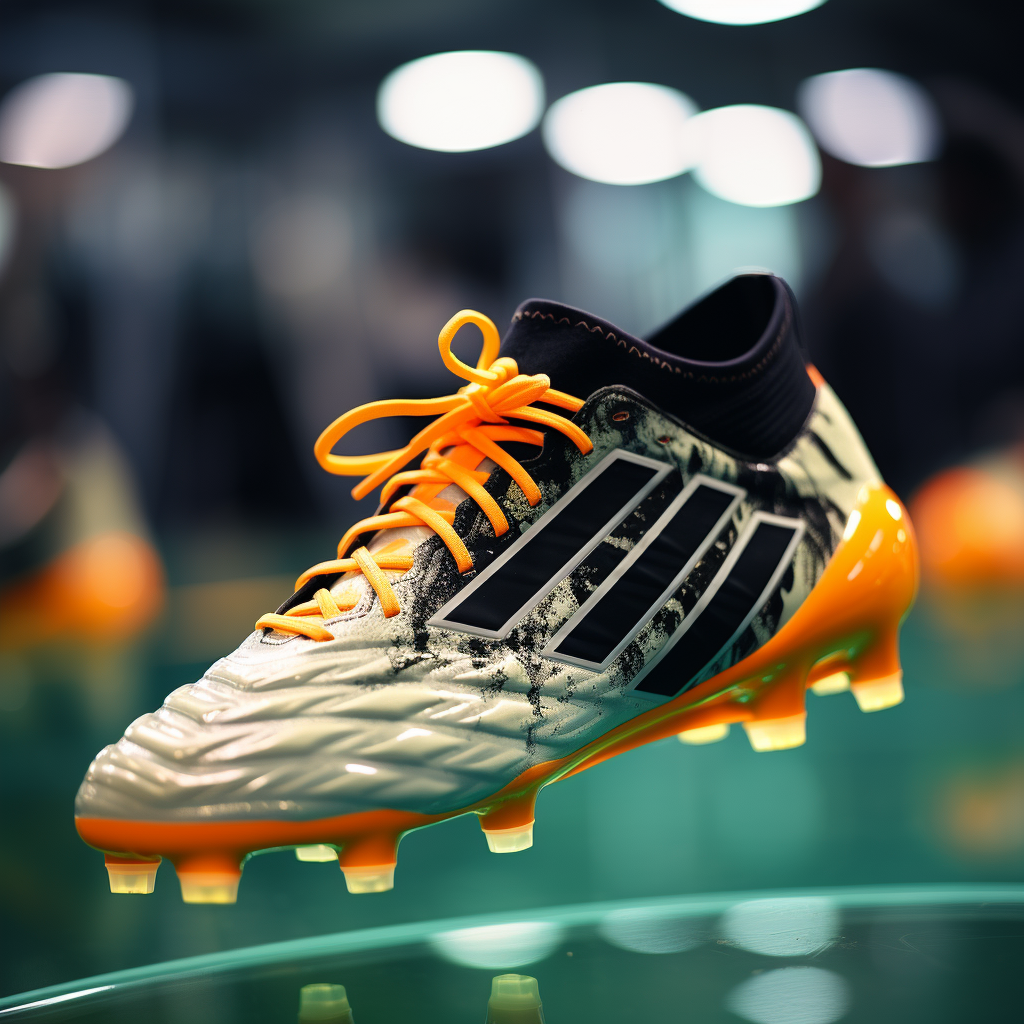
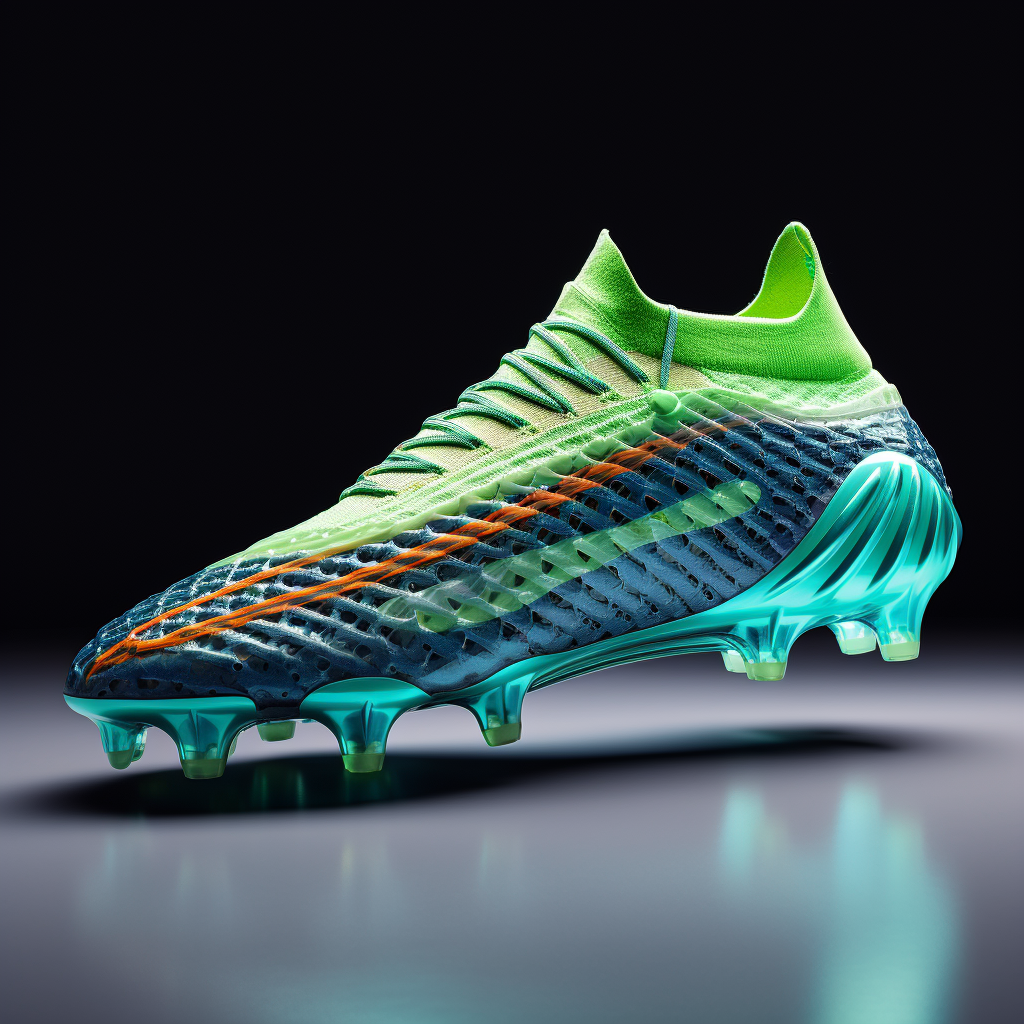
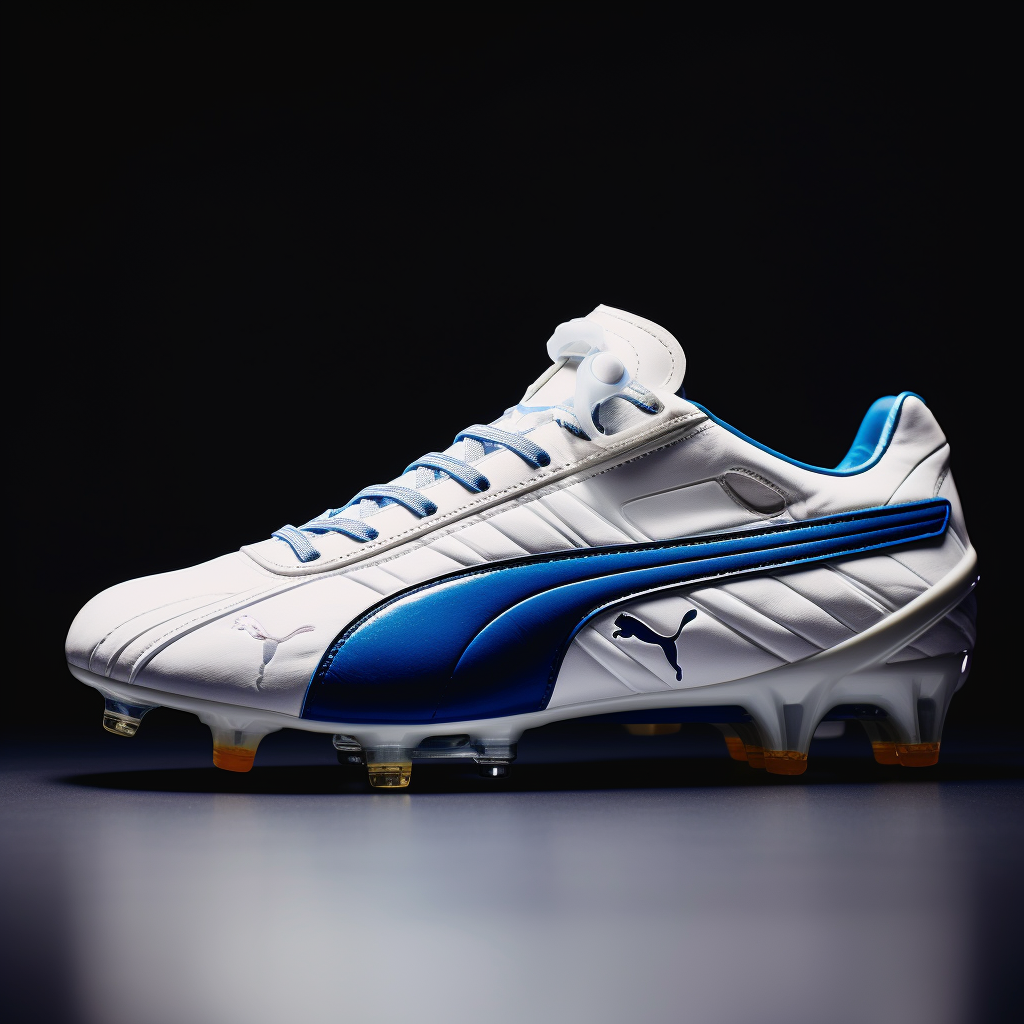
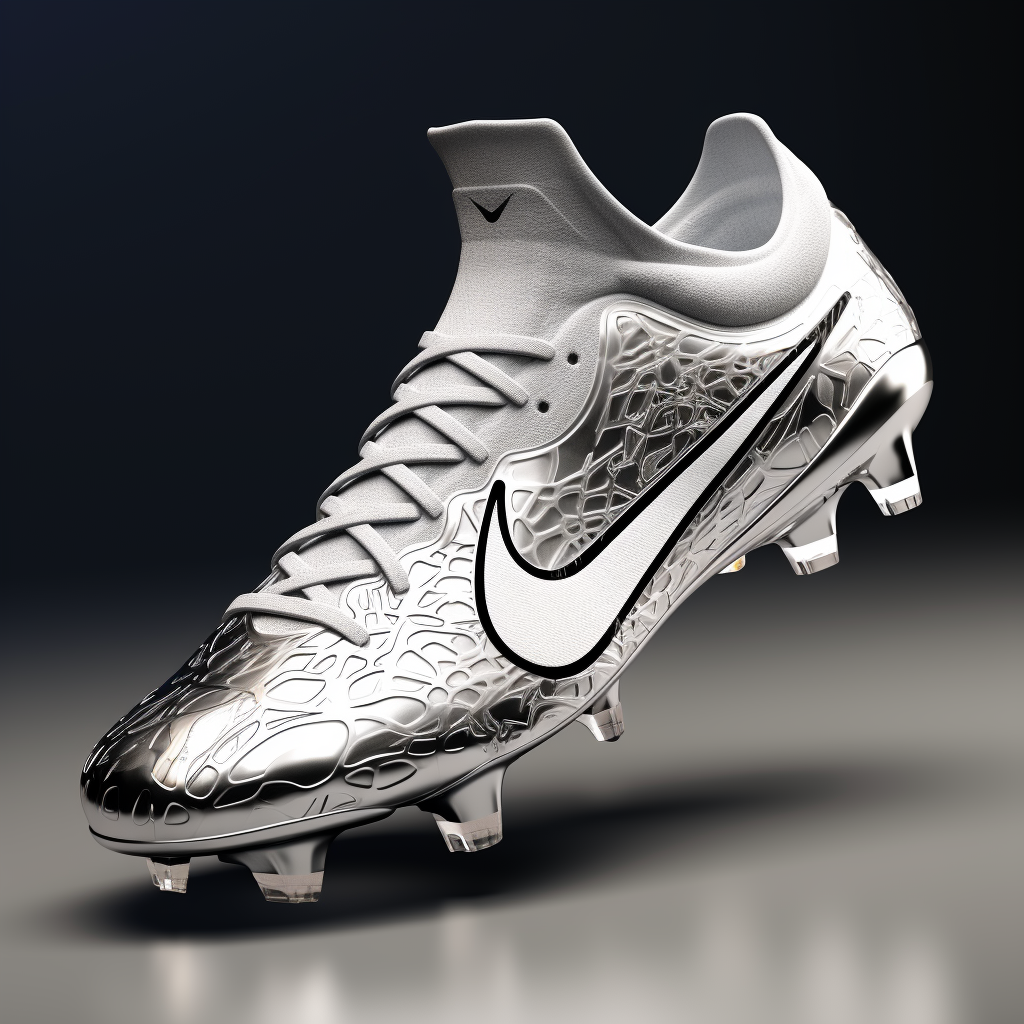

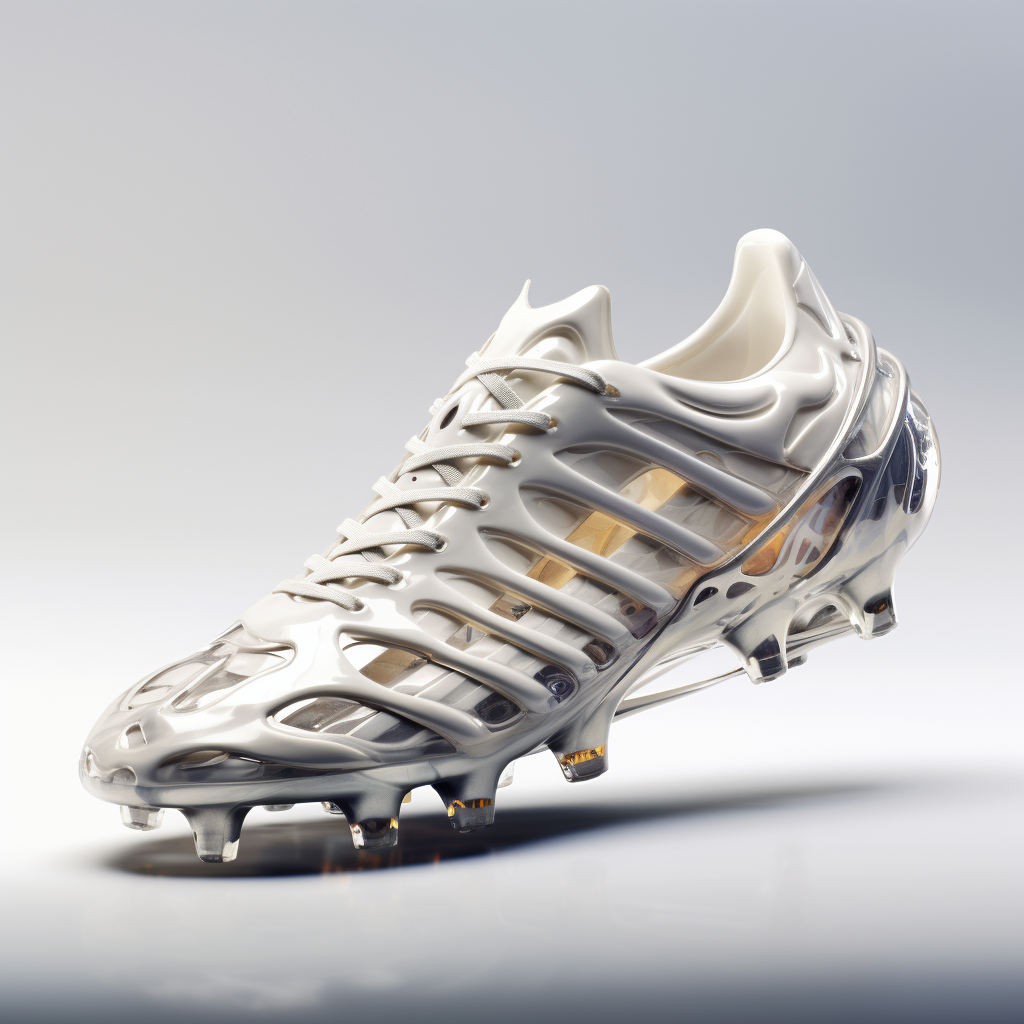



Leave a Reply